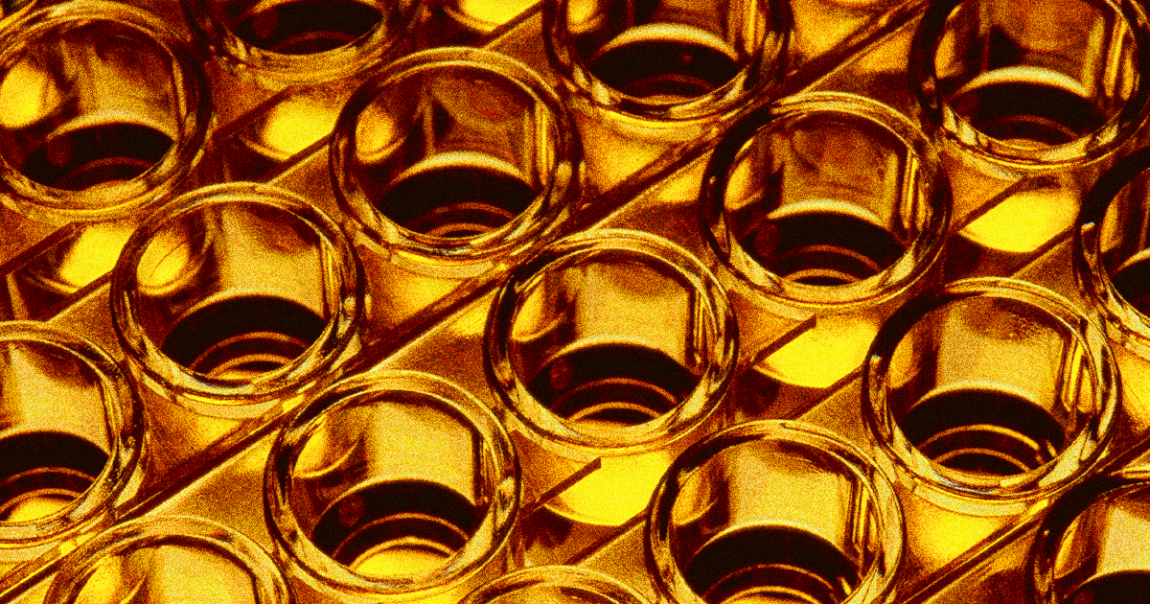
Until now, scientists somehow didn’t know exactly what made pee yellow.
But that just may have finally changed. In a new study published in the journal Nature Microbiology, a multidisciplinary group of scientists out of the University of Maryland reported on their findings about a middleman enzyme called bilirubin reductase, which had long evaded researchers as they tried to figure out which precise compounds resulted in urine’s distinct yellow hue.
To be clear, as Healthline reports, scientists had known for more than 125 years that on a high level, urine gets its color from the disposal of old red blood cells as they degrade in our livers.
But although the process by which urine became yellow was known, the middle-man of compounds couldn’t be captured until genome sequencing technology became advanced enough to break down the building blocks of pee.
“Our work to find [bilirubin reductase] relied on combining experimental screening with genomic analysis, an approach that has only become possible with the isolation of more gut bacterial species and the advancement of genome sequencing technology,” UMD cell biologist and molecular geneticist and paper co-author Brantley Hall told Healthline.
“Unfortunately, gut microbes can be challenging to study,” Hall added. “The gut is a low-oxygen environment, and many of the bacteria in our guts can’t survive if too much oxygen is present, making them difficult to grow and perform experiments on in labs. This ultimately meant that only a handful of bacterial species had ever been identified as being able to metabolize bilirubin, limiting the amount of data that was available.”
After finally being able to isolate gut bacteria long enough, the scientists eventually found that bilirubin reductase, abbreviated as BilR, was the enzyme that took the orange bilirubin gut compound and transformed it into urobilin in the liver.
Beyond finding the missing piss link, this discovery could also help scientists and doctors understand and treat jaundice in infants, as well as other conditions related to bilirubin breakdown failure including gallstones and inflammatory bowel disease in adults and, less commonly, other disorders in which bilirubin builds up so much that people become extremely sick, get brain damage, and can even die.
At the end of the day, however, it’s also extremely exciting that scientists have figured this out at all.
“It’s remarkable that an everyday biological phenomenon went unexplained for so long,” Hall exclaimed, “and our team is excited to be able to explain it.”
More on bodily functions: Guy Who Used Son as a “Blood Boy” Says Elon Musk Will “Fire You and Leave You to Die”